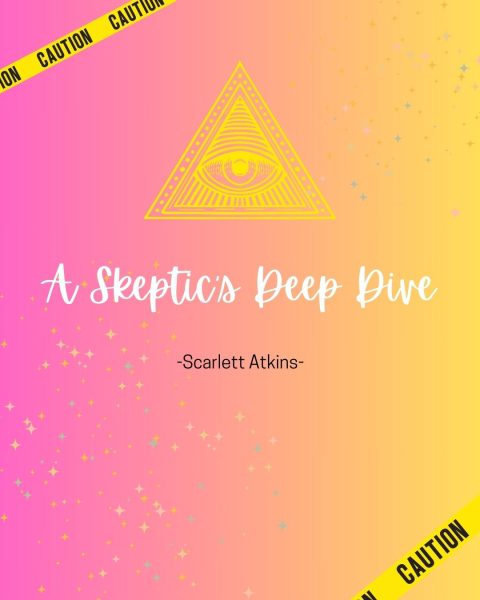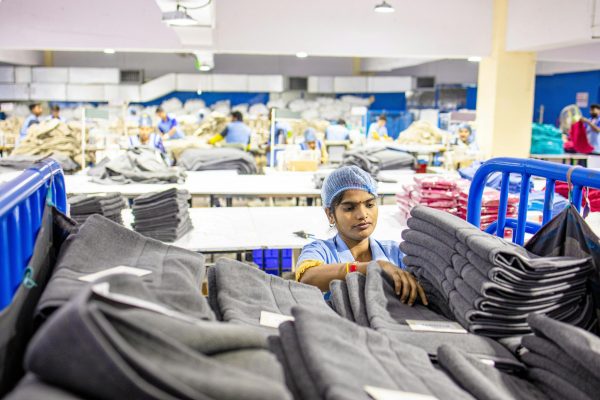This Week in Happy- Whatever MEANS it Takes to Feed the Hungry
Thanks to a group of high school, college students, and the idea of one young girl, more food than ever is being saved from the dumpster. Instead, it’s being donated to the many shelters in need.
Maria Rose Belding grew up in Iowa and spent her time working in her church’s food pantry. She realized how some shelters had an abundance of goods they didn’t use, while others were in need of more. She found herself upset when she had to throw away unused items that expired, knowing that it could have fed someone else.
“I just remember crying and being so angry. There was nothing that allowed us to communicate in an effective way,” she said in an interview with CNN. Belding found it frustrating how she couldn’t contact other shelters that may need the food they did not.
In high school, Maria discovered two problems in the U.S. food system: more than 40 million Americans don’t regularly have enough to eat and yet more than 40% of the country’s food supply is wasted, according to the USDA. She developed the idea of using an online database to solve these two problems, but lacking the computer programming skills, she wasn’t able to create it until after graduating. high school.
During her freshman year in college, she launched MEANS, an organization mainly run by high school and college students. MEANS stands for Matching Excess And Need for Stability. Since 2015, the database has helped redistribute more than 1.8 million pounds of food to those in need. It’s a free, non-profit online platform that connects charities and shelters in need of more food with those who can provide it. “Too often, grocery stores and restaurants find themselves throwing out food when there is great need in nearby communities. MEANS aims to make it easier to donate food than throw it in the dumpster. … We’re like a bridge that hasn’t existed before.”
To be able to receive food from MEANS, places like shelters, charities, and soup kitchens have to register as a legal charity in the US. Then, places like grocery stores or other businesses can go on the database and list what they want to donate, how much they have, and where they are located.
Through the program shelters in that local area are notified, and they can claim the food if they have a need for it. “We’re able to match up excess and need very, very quickly,” Belding says. “The average amount of time it takes for food to be claimed is half an hour. Our record is two minutes and 37 seconds.”
In the spirit of Thanksgiving, and in light of the amazing opportunities that MEANS provides, remember to be thankful for what you have and give to those who don’t.











